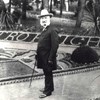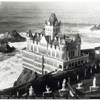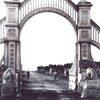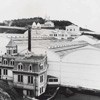
PARC, NPS The First People
A Remote Place to Enjoy Nature
Adolph Sutro Develops Seaside Recreation
An Early Civil Rights Case

PARC, NPS To get directions to Lands End and learn more about activities there, please visit the Lands End visitor information page. To learn more in-depth information about the history of Lands End, please visit these other pages and documents: 
Vestiges of Lands End 
History and Significance of the Adolph Sutro Historic District 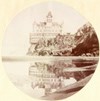
The Cliff House Project |
Last updated: January 23, 2023

